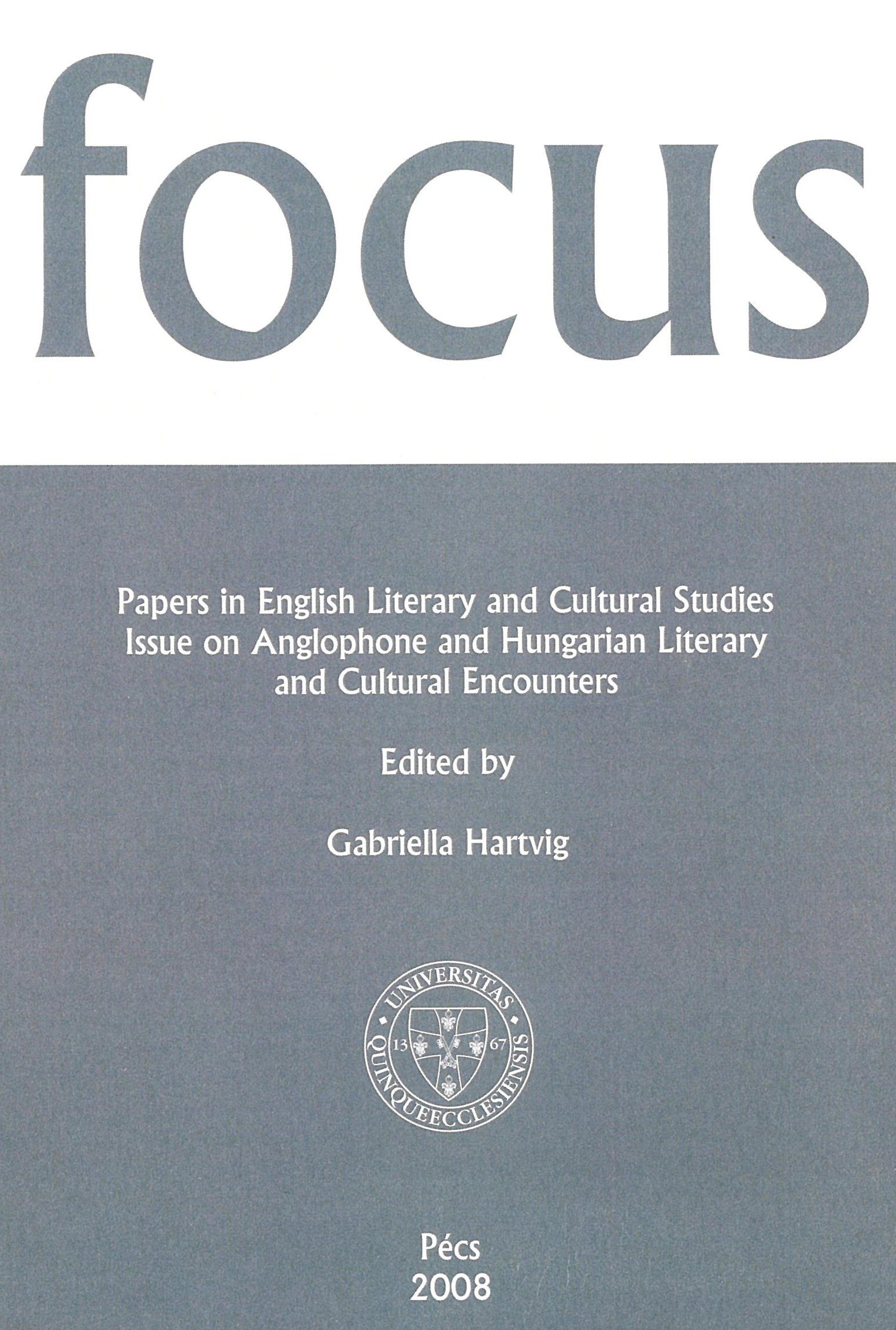The Problem of Englishness, Modernism, and Gender—The Critical Reception of Virginia Woolf in Hungary
Abstract
In the English-speaking world, Virginia Woolf has been considered a female modernist for about three decades. Both attributes are crucial: her modernism (which is not a novelty) and the reference to her gendered positioning within apparently “unmarked,” but as it transpires after a careful scrutiny, rather male modernism. The question is whether her critical reception in Hungary follows the tendencies in EnglishAmerican criticism, and if not, where that difference is rooted, and what reasons can be discovered for that difference. These questions are all the more urgent as ninetythree years after the publication of her first novel (1915) and sixty-seven years after her death and the posthumous publication of her last novel (both in 1941), all her major works are available in Hungarian translation: all her novels, her two seminal feminist essays A Room o f One ’s Own and Three Guineas, two short stories (“Mark on the Wall” and “The Legacy”), thirty-three shorter essays in the volume A pille halála (the title is a translation of her essay and volume title The Death o f the Moth) and most of the texts from her autobiographical writings Moments o f Being, even though the bulk of her letters and diaries is still missing. So at this moment, it seems worth taking a glimpse of how her oeuvre has been contextualised in Hungary,1 both in professional terms and in the eyes of the reading public.
Downloads
Published
How to Cite
Issue
Section
License

This work is licensed under a Creative Commons Attribution-NonCommercial-NoDerivatives 4.0 International License.
FOCUS: Papers in English Literary and Cultural Studies follows the principles laid down by Creative Commons, which provides guarantees for the Author’s copyright while also ensuring that intellectual properties are made available for the wider public in a digital form. All papers submitted to the journal apply the following licence conditions (indicated on the journal’s website as well as in individual publications):
“© This work is licensed under a Creative Commons Attribution-NonCommercial-NoDerivatives 4.0 International License.”
You are free to:
- Share, copy and redistribute the material included in the journal in any medium or format under the following terms:
- Attribution — You must give appropriate credit to the Author, and indicate the original place of publication [FOCUS: Papers in English Literary and Cultural Studies, Issue nr., page numbers.].
- NonCommercial — You may not use the material for commercial purposes.
- NoDerivatives — You are not allowed to remix, transform, or build upon the material.
- The above conditions must always be indicated if the journal material is distributed in any form.
- The above conditions must always be met, unless a written permission signed by the Author and the Editor-in-Chief states otherwise.

